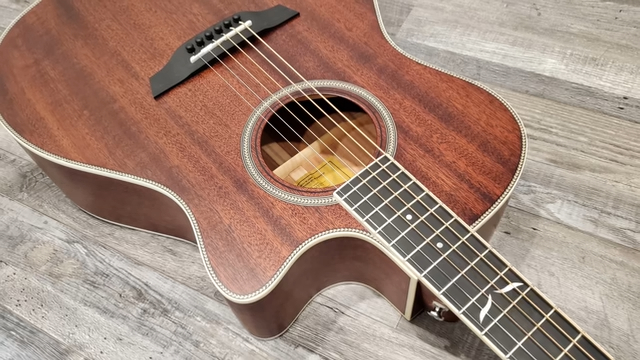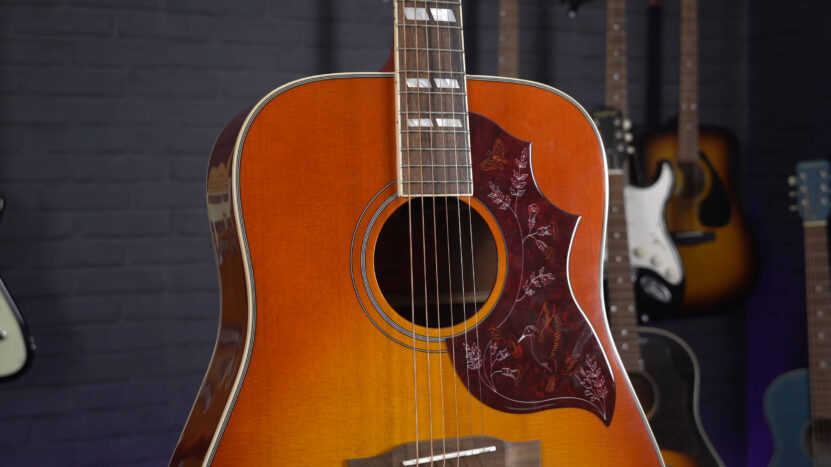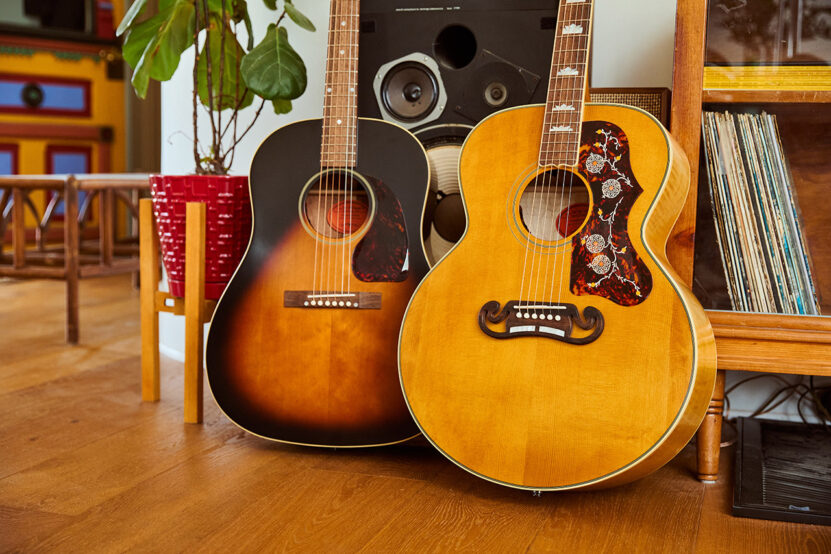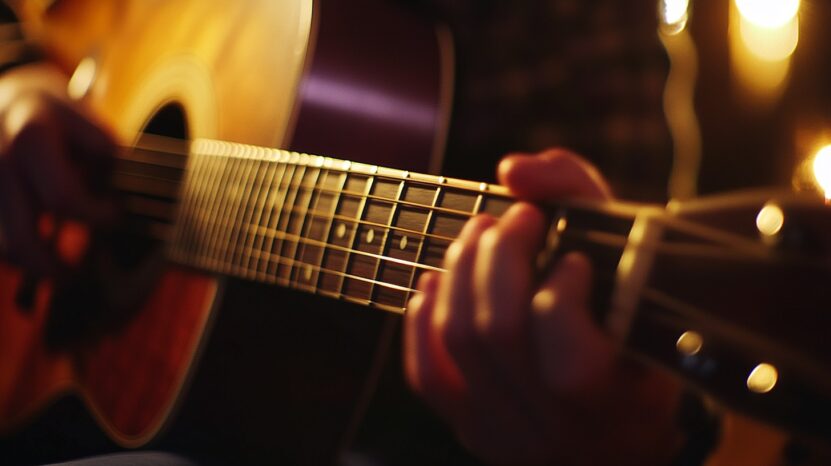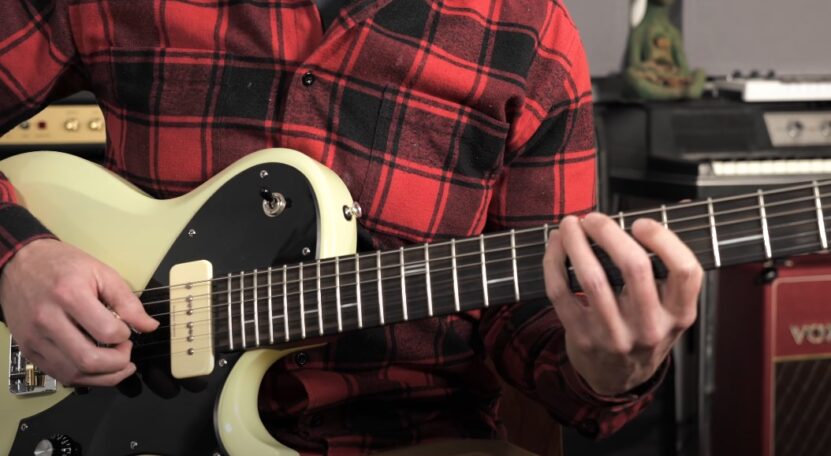
Share Post:
The A7 chord is a powerful tool for any guitarist. It’s got that rich, bluesy sound that adds depth to so many genres—blues, jazz, rock, and even folk. But the beauty of the A7 chord doesn’t stop at just one shape.
There are countless variations that can add different textures and feelings to your music. It doesn’t matter if you’re just starting out or looking to spice up your chord progressions, learning these variations is essential.
Let’s talk about some of the top A7 chord variations that every guitarist should have in their arsenal.
1. The Open A7 Chord
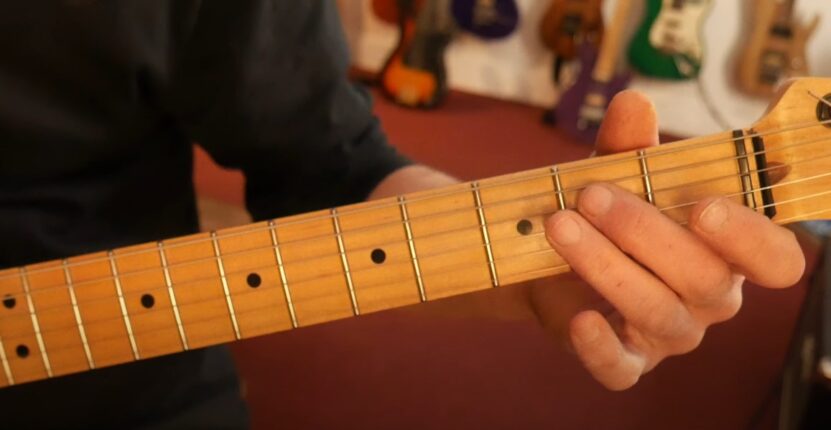
The open A7 chord is likely the first A7 shape many of us learn. It’s simple yet so effective in creating a sound that’s bright and open.
This variation is perfect when you’re aiming for something straightforward and accessible.
How to play it
- Place your index finger on the 2nd fret of the D string (4th string).
- Place your middle finger on the 2nd fret of the B string (2nd string).
- Strum from the A string (5th string) down to the high E string (1st string).
This version is a staple in folk, country, and blues. It’s easy to play and works beautifully in many classic songs.
2. A7 Barre Chord
Once you’ve got the open position under your belt, it’s time to explore the A7 barre chord. This one opens up new possibilities as it can be shifted around the neck to form other dominant seventh chords.
How to play it
- Use your index finger to bar all the strings at the 5th fret.
- Place your ring finger on the 7th fret of the A string (5th string).
- Place your middle finger on the 6th fret of the G string (3rd string).
This shape gives a fuller sound, which is particularly useful in blues progressions. Plus, it’s a gateway to mastering other barre chords.
3. A7 in the D7 Shape
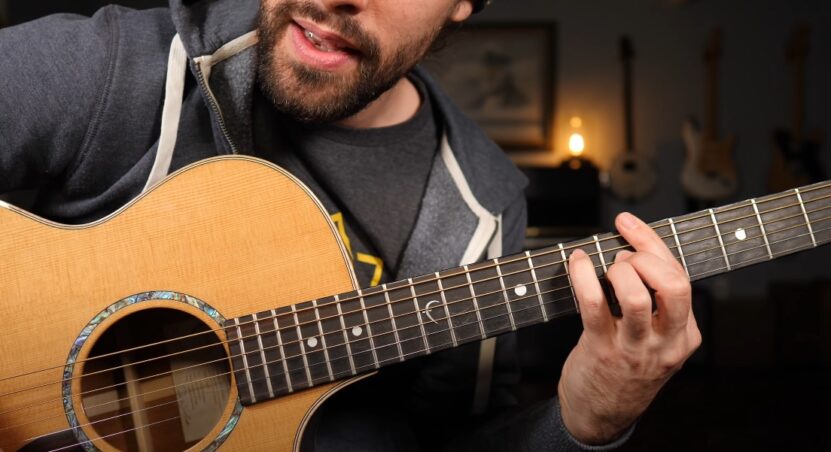
This variation is for those who want to add a unique twist to their playing. It’s based on the D7 chord shape but moved higher up the neck.
How to play it
- Place your index finger on the 7th fret of the D string (4th string).
- Place your middle finger on the 8th fret of the B string (2nd string).
- Place your ring finger on the 9th fret of the G string (3rd string).
With a jangly, bright sound, this variation works wonders in rock and roll or early jazz styles. It’s like adding a bit of sparkle to your music.
4. A7 (9th Fret Variation)
Moving up the neck can unlock some fresh sounds, and this A7 variation at the 9th fret does just that. It’s compact, creating a higher-pitched tone that’s perfect for when you want to stand out.
How to play it
- Place your index finger on the 9th fret of the G string (3rd string).
- Place your middle finger on the 9th fret of the B string (2nd string).
- Place your ring finger on the 9th fret of the high E string (1st string).
- Place your pinky finger on the 10th fret of the D string (4th string).
This chord has a tight, jazzy sound, which is ideal for bossa nova or jazz standards. It’s less common, but that’s what makes it special.
5. A7sus4
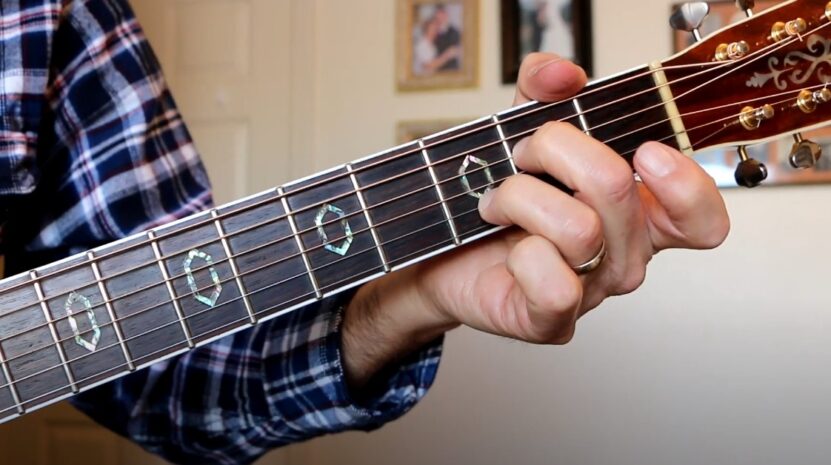
The A7sus4 chord is all about tension. It replaces the third with a fourth, giving the chord a suspended feel that begs for resolution.
How to play it
- Place your index finger on the 2nd fret of the D string (4th string).
- Place your middle finger on the 2nd fret of the G string (3rd string).
- Place your ring finger on the 3rd fret of the B string (2nd string).
- Strum from the A string down to the high E string.
Use this one when you want to build tension in a progression, making the eventual resolution all the more satisfying. It’s a common choice in rock and blues.
6. A7#5
For those who want to get a little adventurous, the A7#5 chord is the way to go. It introduces an augmented fifth, adding an exotic, slightly dissonant feel.
How to play it
- Place your index finger on the 2nd fret of the D string (4th string).
- Place your middle finger on the 2nd fret of the B string (2nd string).
- Place your ring finger on the 3rd fret of the G string (3rd string).
- Place your pinky on the 3rd fret of the high E string (1st string).
This chord is often used in jazz and fusion, where complex harmonies are the norm. It’s a bit out there, but in the right context, it can really elevate your playing.
7. A7add13
When you’re looking for something richer, the A7add13 chord is your friend. By adding the 13th (which is the same note as the 6th), it creates a fuller, more layered sound.
How to play it
- Place your index finger on the 2nd fret of the D string (4th string).
- Place your middle finger on the 2nd fret of the G string (3rd string).
- Place your ring finger on the 4th fret of the B string (2nd string).
- Place your pinky on the 3rd fret of the high E string (1st string).
Perfect for jazz and soul music, this variation brings a lushness that’s perfect for slower, more emotional pieces.
8. A7 on the 13th Fret
If you’re playing in the higher registers and need something bright and clear, the A7 chord at the 13th fret is a great choice.
How to play it
- Place your index finger on the 12th fret of the A string (5th string).
- Place your middle finger on the 14th fret of the D string (4th string).
- Place your ring finger on the 14th fret of the G string (3rd string).
- Place your pinky on the 14th fret of the B string (2nd string).
This version shines in jazz and blues, especially when you’re looking to add a bit of sparkle to your higher solos or chord progressions.
9. A7sus2
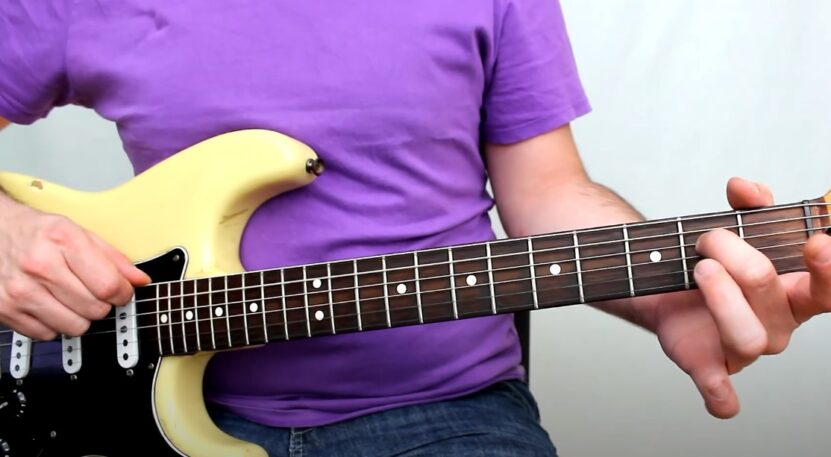
The A7sus2 chord has a light, airy quality to it. It replaces the third with a second, which gives it an unresolved, open sound.
How to play it
- Place your index finger on the 2nd fret of the D string (4th string).
- Place your middle finger on the 2nd fret of the G string (3rd string).
- Leave the B and high E strings open.
It’s a great choice for creating a soft, meditative atmosphere, often found in folk and indie music.
10. A7 With a Slide
For those who love the blues, playing the A7 chord with a slide can add a wailing, vocal-like quality to your music. It’s a technique more than a variation, but it brings a unique flavor to the A7 chord.
Technique
- Slide into the A7 chord from a whole step below on the 5th fret, using the slide on your index finger to cover all the strings.
This approach is often used in Delta blues and other slide guitar styles, adding a haunting, almost mournful quality to your playing.
Putting It All Together
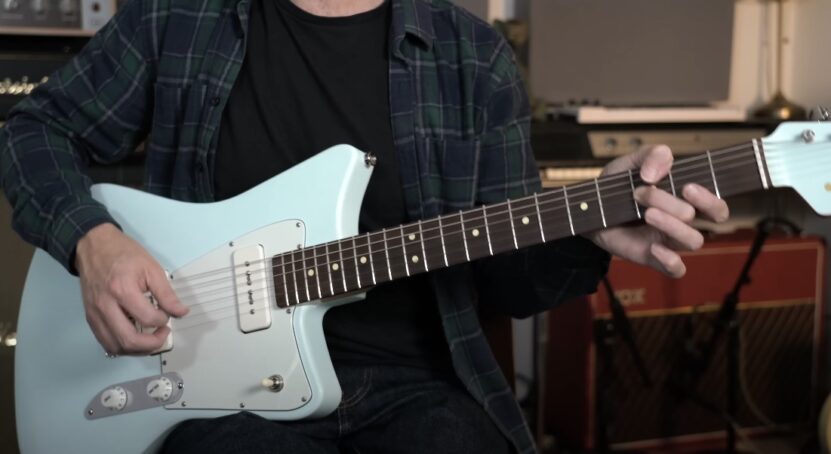
So, what does all this mean for your playing? The A7 chord is more than just a single shape; it’s a versatile tool that can be adapted to fit a wide range of musical styles and emotions.
Each variation offers something different, whether it’s the bright openness of the basic A7 or the exotic tension of the A7#5. To really make the most of these variations, try incorporating them into your practice routine.
Mix and match them in your chord progressions to see how they change the mood and dynamics of your music. Don’t be afraid to experiment—sometimes, the most unexpected chord variations can lead to the most interesting sounds.
A Few Tips for the End
- Start Simple: Begin with the basic A7 chord and gradually explore more complex variations.
- Experiment with Genres: Different genres will call for different variations. Try using the A7 barre chord in blues, the A7sus4 in rock, and the A7add13 in jazz.
- Practice Transitions: Moving smoothly between different A7 variations can add fluidity to your playing.
- Listen and Learn: Pay attention to how different artists use A7 variations in their music. You’ll pick up new ideas and inspiration along the way.
Mastering these A7 chord variations will open up new avenues in your guitar playing. Whether you’re looking to add a little spice to your standard blues progressions, explore jazz complexities, or simply have more fun with your guitar, these chords have got you covered.





